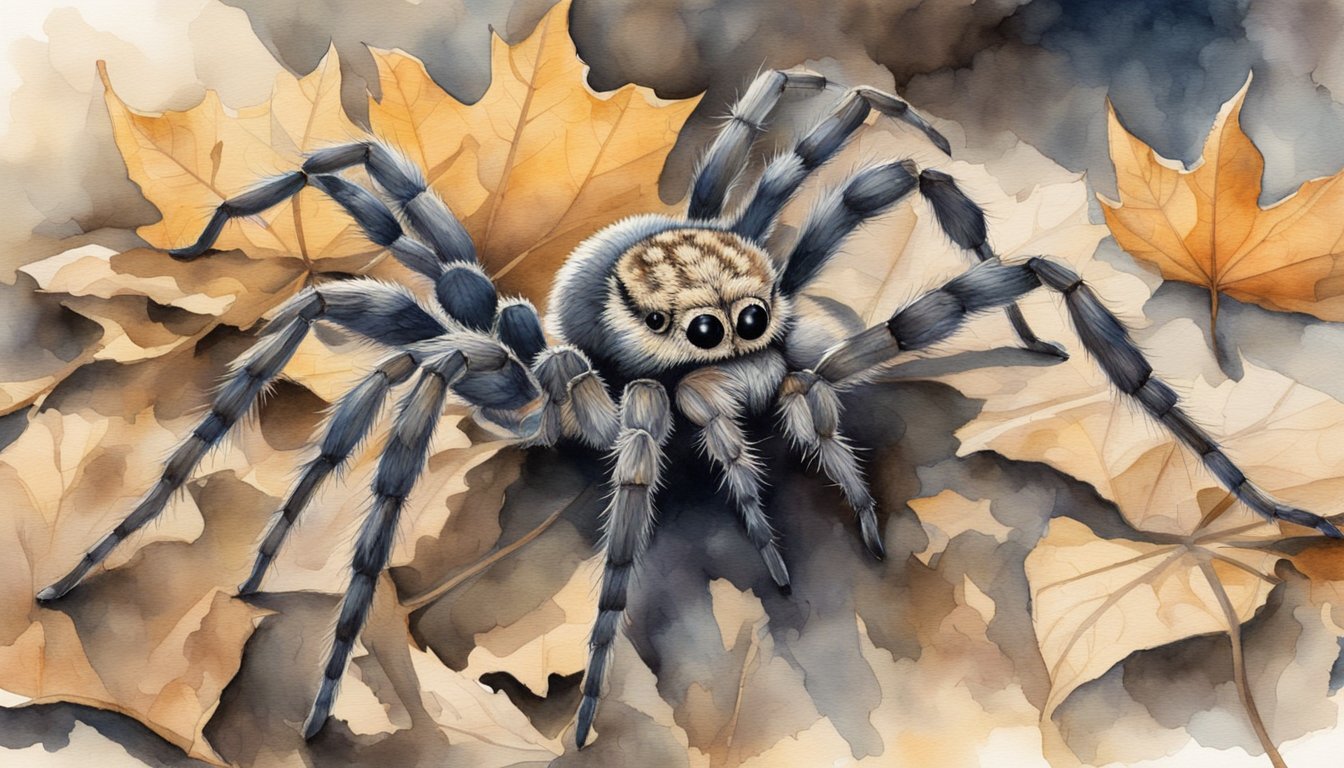Understanding Wolf Spiders

Wolf spiders, part of the Lycosidae family, are distinctive for their robust bodies and excellent eyesight. These spiders are known for their unique traits and behaviors which distinguish them from other arachnids.
Physical Characteristics
Wolf spiders are known for their substantial, hairy bodies and long, thick legs, which are often marked with stripes or other patterns. Their body size can range from 0.24 to 1.2 inches. A characteristic feature is their eight eyes arranged in three rows, with the middle row notably enlarged, providing excellent eyesight necessary for their hunting lifestyle. The coloration of wolf spiders blends with their natural habitat, commonly consisting of various shades of brown or gray, aiding in camouflage.
Species Diversity and Distribution
The wolf spider family (Lycosidae) encompasses over 100 genera and more than 2,300 recognized species. These spiders have a global distribution and are commonly found all across North America. They live in a range of habitats, from grasslands and deserts to wetlands and forests, often opting for places like under rocks, in leaf litter, or near buildings.
Behavioral Traits
Behaviorally, wolf spiders are solitaries and do not rely on weaving webs to catch their prey. Instead, they are active hunters, using their speed and eyesight to stalk or ambush prey. Notable also is the female wolf spider’s maternal behavior; after the female lays eggs, she encases them in a silk sac which she attaches to her abdomen, carrying it around until the spiderlings emerge. Unlike many spider species, wolf spiders may exhibit some degree of parental care, with the young often seen riding on the mother’s back for a time after hatching.
Wolf spiders, fascinating and widespread predators, play a crucial role in controlling insect populations, and their presence is a sign of a healthy ecosystem. Discover more about the Physical Characteristics of wolf spiders, learn about their Species Diversity and Distribution, and explore their Behavioral Traits.

